Olive Young - Dohwa-dong Mapo Branch [Tax Refund Shop] (올리브영 마포도화)
6.1Km 2024-04-18
20, Samgae-ro, Mapo-gu, Seoul
-
Sushi Kaisin (스시 카이신(鮨海信))
6.1Km 2019-11-23
12, Dosan-daero 100-gil, Gangnam-gu, Seoul
+82-2-515-9855
Sushi Kaisin is a luxurious sushi restaruant owned by Japanese Chef Kyousuke Sato. Chef Sato gained much knowledge about seafood through his working experience at fisheries market and two years of experience as a fisher. After building his career as a chef by working at top-notch sushi restaurants and five-star hotels in Japan, Chef Sato opened his very own sushi restaurant in Cheongdam-dong, Seoul in 2017. Fresh ingredients carefully selected and brought in from Jeju Island are prepared into an authentic Edomae sushi through Chef Sato's unique techniques. Although the restaurant is small, allowing up to only six customers at the counter table, Chef Sato ensures that the excellent food and service quality remain consistent as the chef personally tends to every aspect of the restaurant, from selection of ingredients and food preparation to customer service. Chef Sato is able to provide menu explanations and engage in friendly conversations with customers in fluent Japanese, Korean, and English due to his broad experience and expertise from traveling and working over the past years. Reservation is advised due to limited seating.
Hotel Prima (호텔 프리마)
6.1Km 2021-03-15
536, Dosan-daero, Gangnam-gu, Seoul
+82-2-6006-9114
Hotel Prima offers art and culture through various exhibitions in the lobby for guests to enjoy. The guestrooms offer just as much beauty, in a range of styles and types. The hotel is also popular for hosting weddings and other events, including family gatherings. Additional amenities include a sky lounge & bar overlooking the Cheongdam-dong area, a music room, and restaurants.
Eutteum Cheongdam Matjip (으뜸청담맛집)
6.1Km 2021-03-22
15, Seolleung-ro, 132-gil, Gangnam-gu, Seoul
+82-2-574-5372
It is a restaurant that many office workers visit, as a famous restaurant. This restaurant's signature menu is braised pollack. A Korean dishes specialty restaurant located near Gangnam-gu Office, Seoul.
Aevc Plastic Surgery [Tax Refund Shop] (아베크성형외과)
6.1Km 2024-06-26
557, Gangnam-daero, Seocho-gu, Seoul
-
Sejong University Museum (세종대학교 박물관)
6.1Km 2022-09-16
209, Neungdong-ro, Gwangjin-gu, Seoul
+82-2-3408-3876
Sejong University Museum exhibits folk art, wooden crafts, clothing, accessories, pottery, paintings and calligraphy collected for over 40 years by the couple who founded the present day Sejong University, Dr. Ju Young-ha and Dr. Choi Ok-ja. This museum has its origins in the Soodo Gallery, which was built in Chungmuro, the campus’ original location, in 1959. Needing more space to house additional artifacts, the museum moved to its current location, which first opened on May 5, 1973 in a four-story concrete building inspired by traditonal tower design from the Baekje era. This building was later expanded on May 20, 1977.
After the university’s name was changed to Sejong University in 1979, the museum was also renamed the Sejong University Museum. The museum showcases unique artifacts to both scholars and students from home and abroad in contribution to the research of Korea’s culture, arts, and archeology.
Dopgamjatang (돕감자탕)
6.2Km 2021-03-27
9, Achasan-ro 31-gil, Gwangjin-gu, Seoul
+82-2-499-2838
It is a hidden restaurant near Konkuk University. This Korean dishes restaurant is located in Gwangjin-gu, Seoul. The most famous menu is pork back-bone stew.
Some Sevit (세빛섬)
6.2Km 2022-12-16
2085-14, Olympic-daero, Seocho-gu, Seoul
+82-1566-3433
Some Sevit is a culture complex made up of three man-made floating islands near the southern end of Banpo Bridge. The islands were created with the theme of "flowers of the Hangang River" and represent the view, life, and the earth, as well as a flower in various stages of life. The largest island, 'Some Gavit' symbolizes the view and takes the form of a flower in full bloom. It is a multi-functional cultural facility that can be used as a venue for performances, international conferences, exhibitions, and more. The second island, 'Some Chavit' looks like a flower bud, an image of life. A range of cultural experiences and event zones including Beat Square, Youth Woods, and restaurants using 3D to bring themes to life are located here. The third and smallest island, 'Some Solvit' takes the form of a seed planted in the earth. This island has water sports facilities and an outdoor garden from which you may enjoy the picturesque scenery of the Hangang River. Around the floating islands are LED lights that create a fantastic night view under the theme of "a gleaming light in the mist."
Lee Moon Won Hair Lab [Tax Refund Shop] (이문원헤어랩)
6.2Km 2024-04-22
33, Seolleung-ro 132-gil, Gangnam-gu, Seoul
-
Lee Moon Won Korean Medicine Clinic (이문원한의원)
6.2Km 2024-12-11
33 Seolleung-ro 132-gil, Gangnam-gu, Seoul
+82-2-511-1079
![Olive Young - Dohwa-dong Mapo Branch [Tax Refund Shop] (올리브영 마포도화)](http://tong.visitkorea.or.kr/cms/resource/04/2888904_image2_1.jpg)
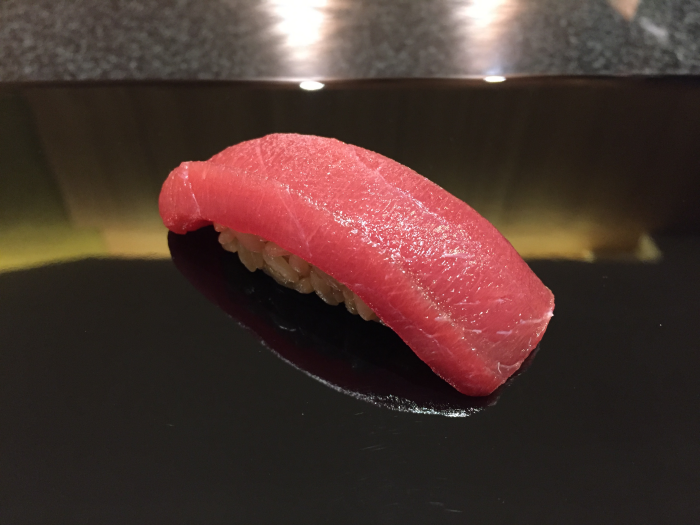
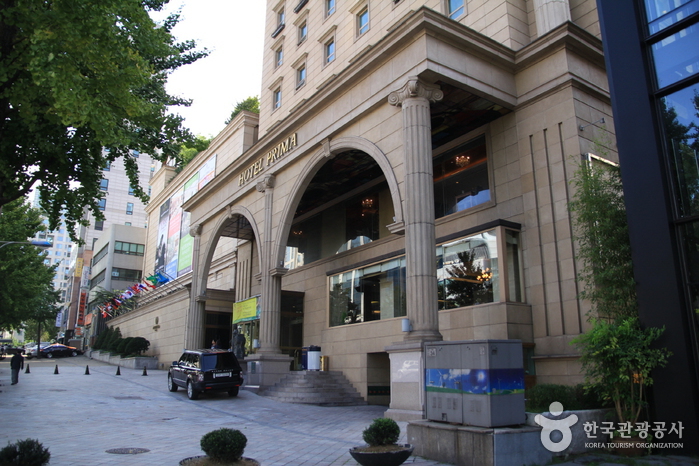
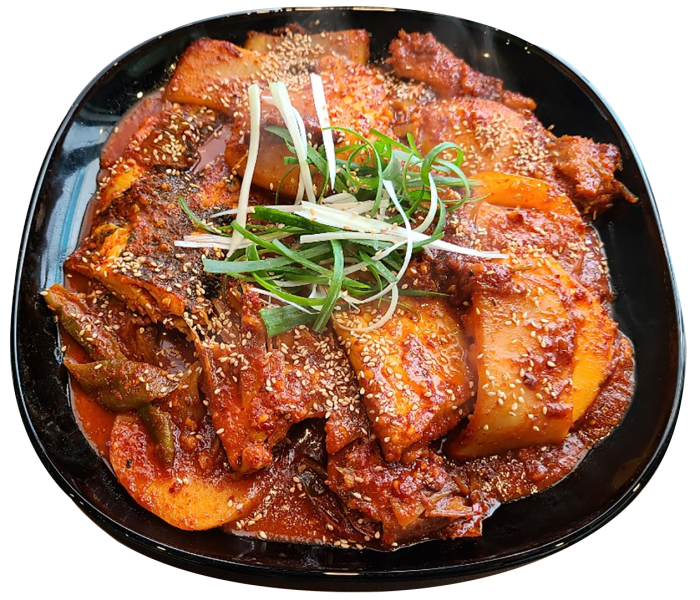
![Aevc Plastic Surgery [Tax Refund Shop] (아베크성형외과)](http://tong.visitkorea.or.kr/cms/resource/85/3313485_image2_1.jpg)
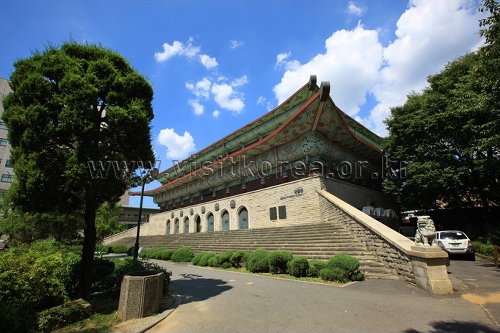
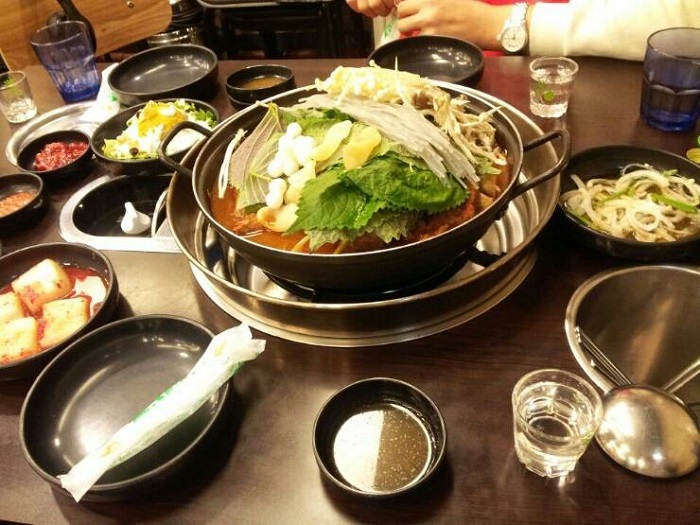

![Lee Moon Won Hair Lab [Tax Refund Shop] (이문원헤어랩)](http://tong.visitkorea.or.kr/cms/resource/50/2890550_image2_1.jpg)
 English
English
 한국어
한국어 日本語
日本語 中文(简体)
中文(简体) Deutsch
Deutsch Français
Français Español
Español Русский
Русский